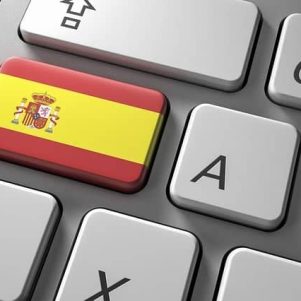Limited liability company and public limited liability company
The two main legal forms that the Spanish SPV may adopt is either a limited liability company (sociedad limitada or SL) or a public limited liability company (sociedad anónima or SA). Both entities have a number of differences worth noting:
| S.L. | S.A. | |
| Minimum share capital | 3,000 € | 60,000 € |
| Capital outlay at the moment of incorporation | Full capital outlay | A minimum outlay of 25%, plus the premium share, if applicable |
| Shares/Holdings | They are not marketable securities. | They are marketable securities. |
| Non-monetary contributions to the share capital | A report from an independent expert is not required, but the shareholders are jointly liable for the authenticity and value of the non-monetary contributions. | A report from an independent expert on the non-monetary contributions is required. |
| Regime of the transfer of the Shares/Holdings | Closed company: the shareholdings cannot be freely transferred (with certain exceptions). The shareholders and, in second place, the company have a preferential acquisition right. | Open company: in theory, the shares can be freely transferred, unless there is a statutory provision to the contrary. |
| Bylaws vs. Legal regime | The bylaws can contain certain variations from the legal regime. | The legal regime is more rigid. |
From the differences outlined above, it can be concluded that the legal regime foreseen for an SL is more flexible than for an SA, as the SL benefits from a simpler and swifter procedure for the adoption of corporate decisions, among others. This results in a more time and cost-efficient management of the company in its day-to-day business.
Likewise, the private nature of an SL prevents shareholders from selling their stake in the company to third parties without the express consent of the remaining shareholders and the company.
Considering which kind of company might be the best option for you and your business is the first step to granting your success. Do not hesitate to contact Mariscal & Abogados for more information concerning company formation in Spain.
To incorporate a company in Spain in the form of an SL or an SA, a number of steps must be completed, which can generally be executed in approximately 6 or 7 weeks.





